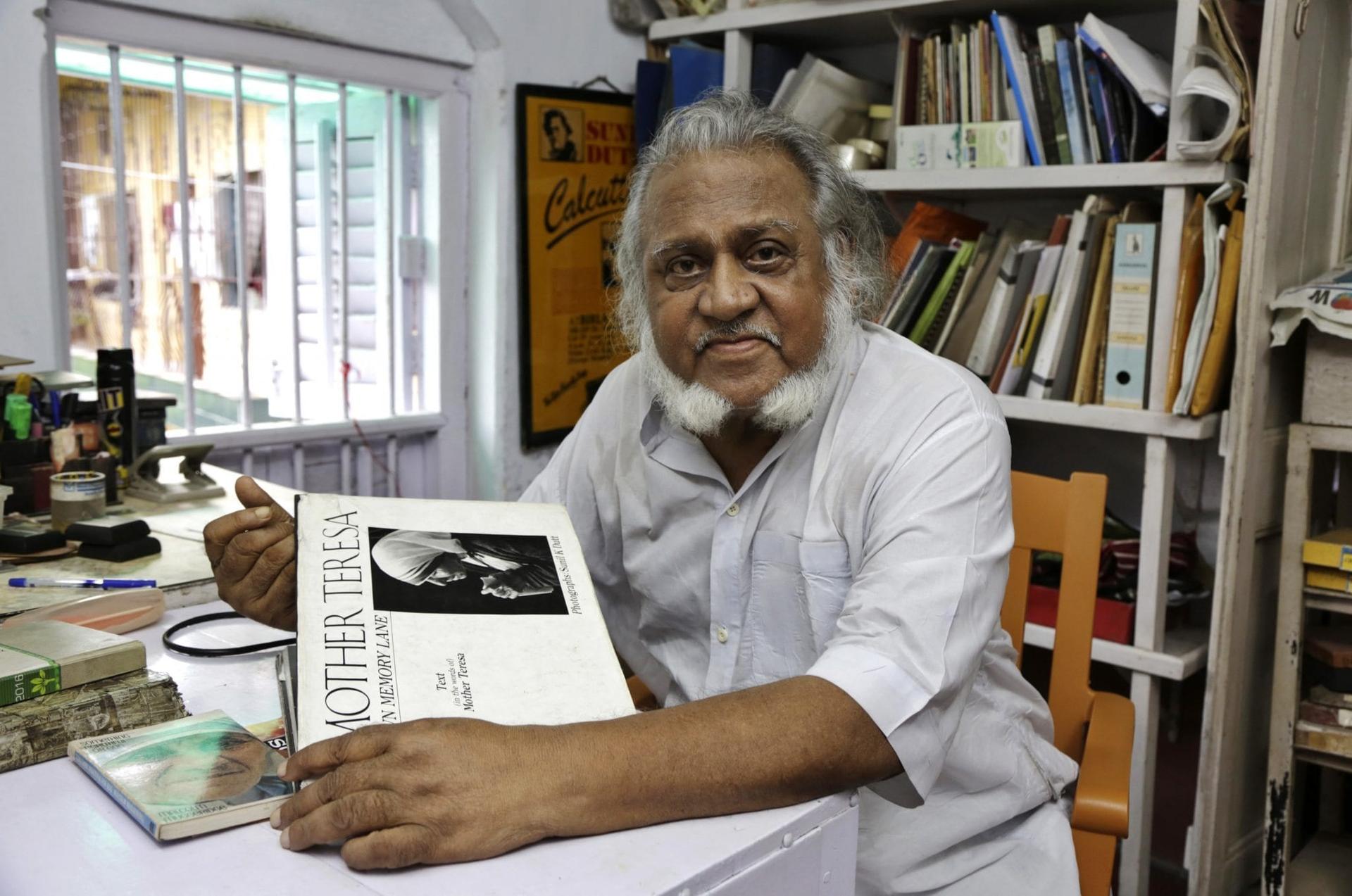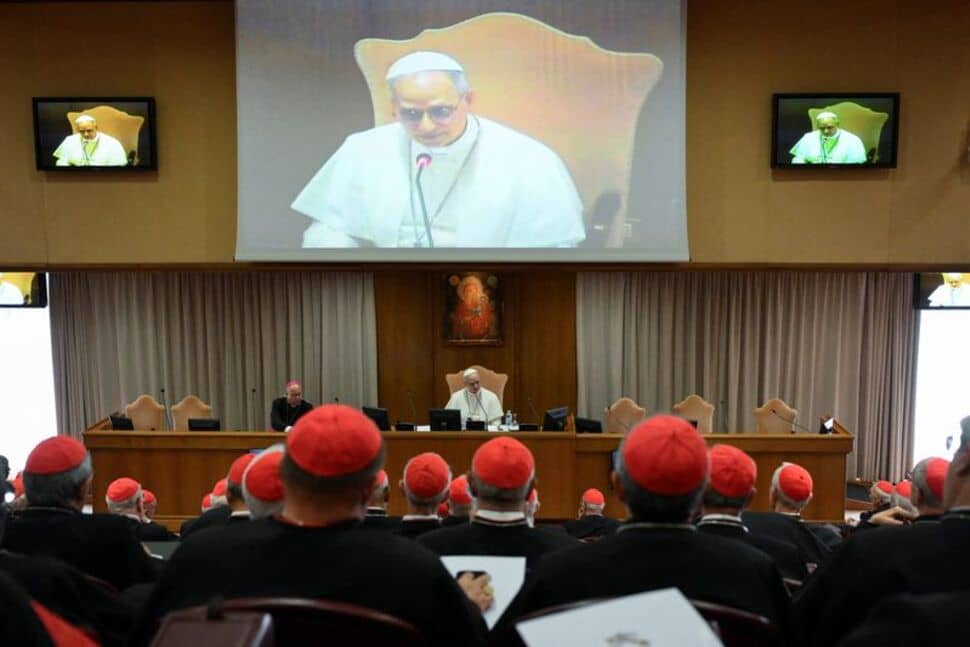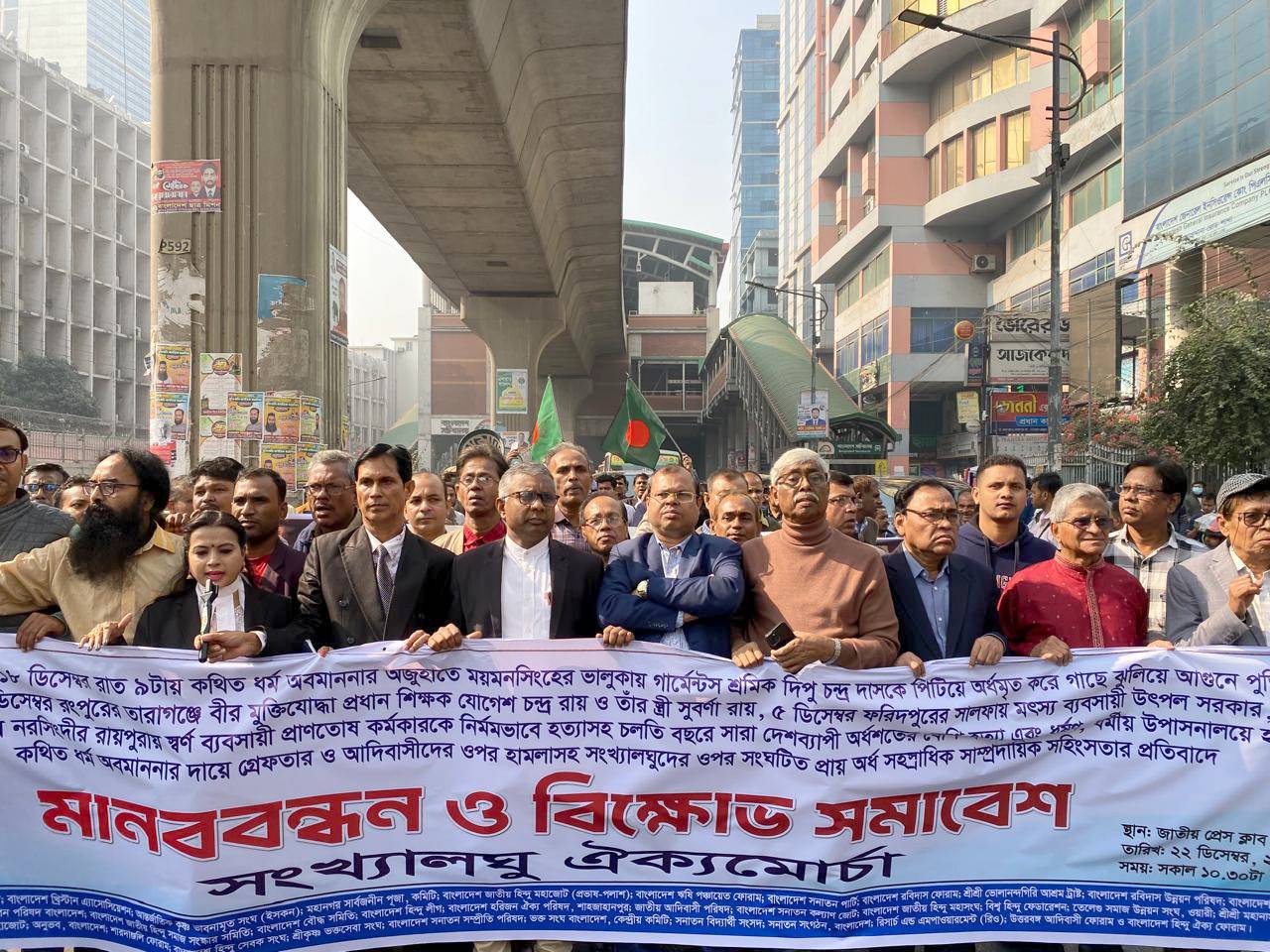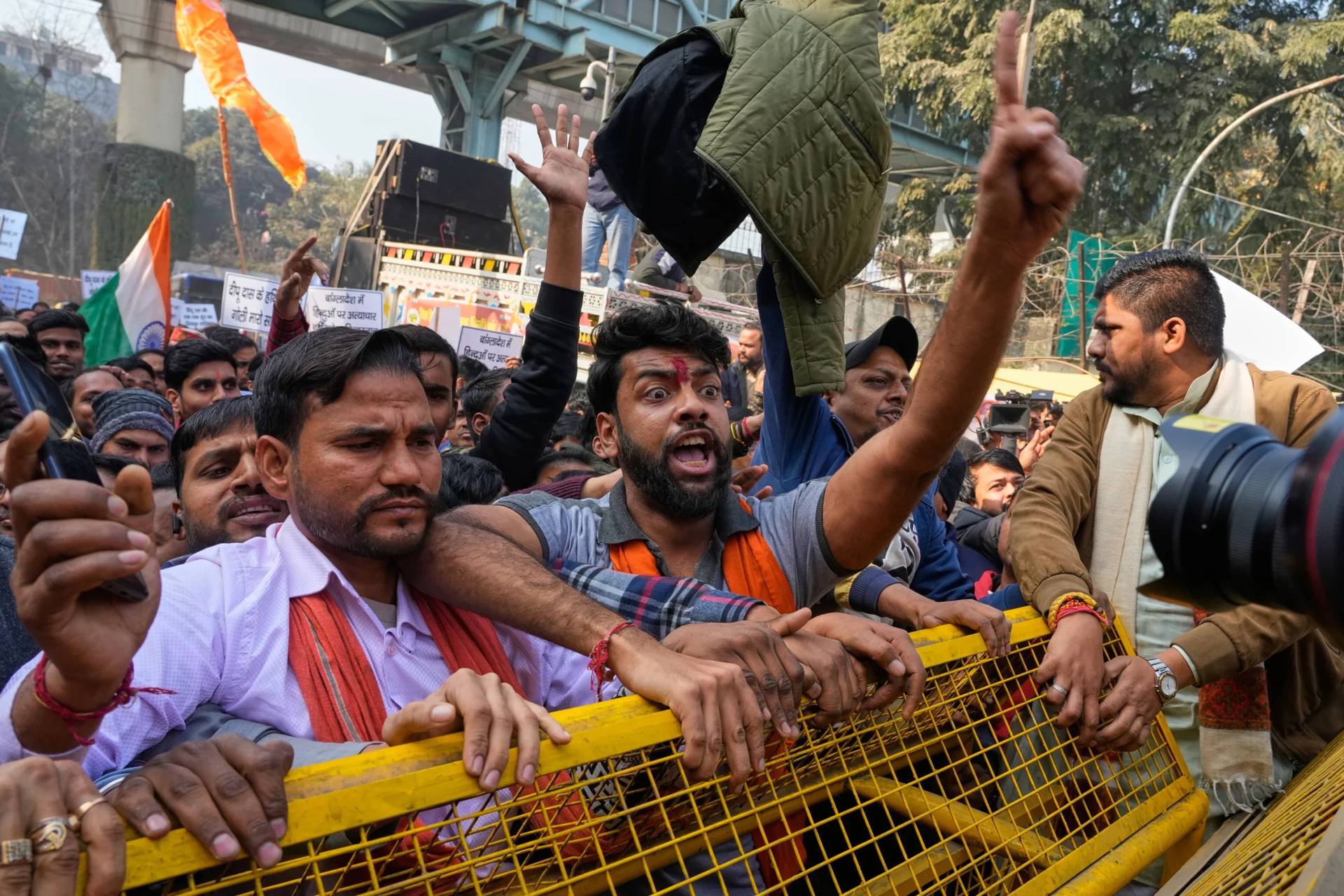KOLKATA, India — As Pope Francis prepares to declare Mother Teresa a saint just two decades after her death, people touched by her life in the eastern Indian city where she lived and worked for close to 50 years are filled with pride.
Born Agnes Gonxha Bojaxhiu in Skopje, in what is now Macedonia, Mother Teresa joined the Loreto order of Roman Catholic nuns in 1928. She was traveling from the city then called Calcutta to Darjeeling in 1946 when she decided to start the Missionaries of Charity order. Since its establishment in 1950, the order has set up hundreds of shelters that care for some of the world’s neediest, people she described as “the poorest of the poor.”
Her work, which began in Kolkata’s festering slums and spread across the world, won Mother Teresa a Nobel Peace Prize in 1979.
It also won her immense love in her adopted home. When she died on September 5, 1997, at age 87, hundreds of thousands of local people poured out into the streets to bid farewell.
The tiny, stooped nun had her critics. They said she romanticized poverty, and they questioned the quality of care in her homes and clinics, among other accusations.
But on the eve of her canonization, one of the highest honors that the Vatican can bestow, the prevailing feeling among those in Kolkata who knew her is joy.
SHE “GAVE ME A DESTINY”
Gautam Lewis, a polio victim abandoned by his parents as a child and rescued by Mother Teresa, has long believed in the nun’s sainthood, though it won’t become official until Sunday.
“She used to consider all of us as her children. She was our angel guardian,” said Lewis, who has a pronounced limp and walks with a crutch.
At 7, Lewis was adopted from an orphanage run by the Missionaries of Charity and moved first to New Zealand and later England. Lewis, 39, now runs a flying school for people with disabilities in the United Kingdom.
But the nun remains the most important influence on his life.
“Mother gave me a destiny to have a different life.”
For him Mother Teresa’s canonization is “just a formality. To most of us, most people in Kolkata, Mother is already a saint.”
LEARNING A SIMPLE LIFE
Born to an old and wealthy family, artist Sunita Kumar grew up in a Kolkata far removed from the squalor of the slums where Mother Teresa worked. Yet over three decades of volunteer work with the order, she became a close confidante of the nun and later a spokeswoman for the order. She was one of the witnesses interviewed by the Vatican ahead of Mother Teresa’s beatification in 2003.
“Mother was my role model. I traveled along with Mother quite a bit and learned how simply one can live. The amount of work she used to do herself for the poor, the love and care she gave them, was amazing.”
In the final years of Mother Teresa’s life, Kumar painted several portraits of the diminutive nun.
Kumar said she is “very happy and delighted” that the nun who inspired her will be declared a saint.
SHE WAS “A LIVING GOD TO US”
In 1988, Swapan Pal found shelter in a home where nuns of the Missionaries of Charity cared for people like him who suffered from leprosy and were shunned by their families and communities.
That moment saved his life. He was cured and eventually met his wife at the shelter. Both now work at a rehabilitation center that is part of the home.
“After being diagnosed as a leprosy patient, I became totally depressed and thought my world had come to an end. But the love and care here has given me a new life,” the 50-year-old said.
“Mother was a living god to us. We are very, very happy and glad that the Mother would now be known as a saint all over the world.”
RELIGION NO OBSTACLE
Seikh Nurul Hasan runs a shop selling souvenirs and memorabilia of Mother Teresa and the Missionaries of Charity near the Mother House, the main office of the Roman Catholic order.
“Mother was a really a great person who worked, cared and loved our people, particularly the poor, irrespective of religion or caste.”
The 59-year-old Muslim shop owner remembers a time when a minivan carrying several nuns hit some pedestrians outside his shop.
He said that although no one was seriously hurt, some enraged local people were about to attack the van. Hearing the noise, Mother Teresa came out and “as she moved towards the vehicle, the people who were about to attack the van came under sort of a spell, became absolutely quiet and went away.”
“Everyone in this locality is happy with sainthood being conferred on the Mother,” he said.
PHOTOGRAPHING “A LIVING SAINT”
Freelance photographer Sunil Kumar Dutt began covering Mother Teresa’s work in Kolkata in 1965 and has one of the largest collections of photographs of the nun.
“From the day I first met her, Mother always appeared to me a living saint in action,” the 80-year-old said. “My association with Mother Teresa has impacted my life in a very big way. Whenever I think of her I feel a profound peace in the very core of my heart.”
Dutt added, “Though I know granting sainthood is a formality, I feel Mother does not require any authentication from anywhere.”
















